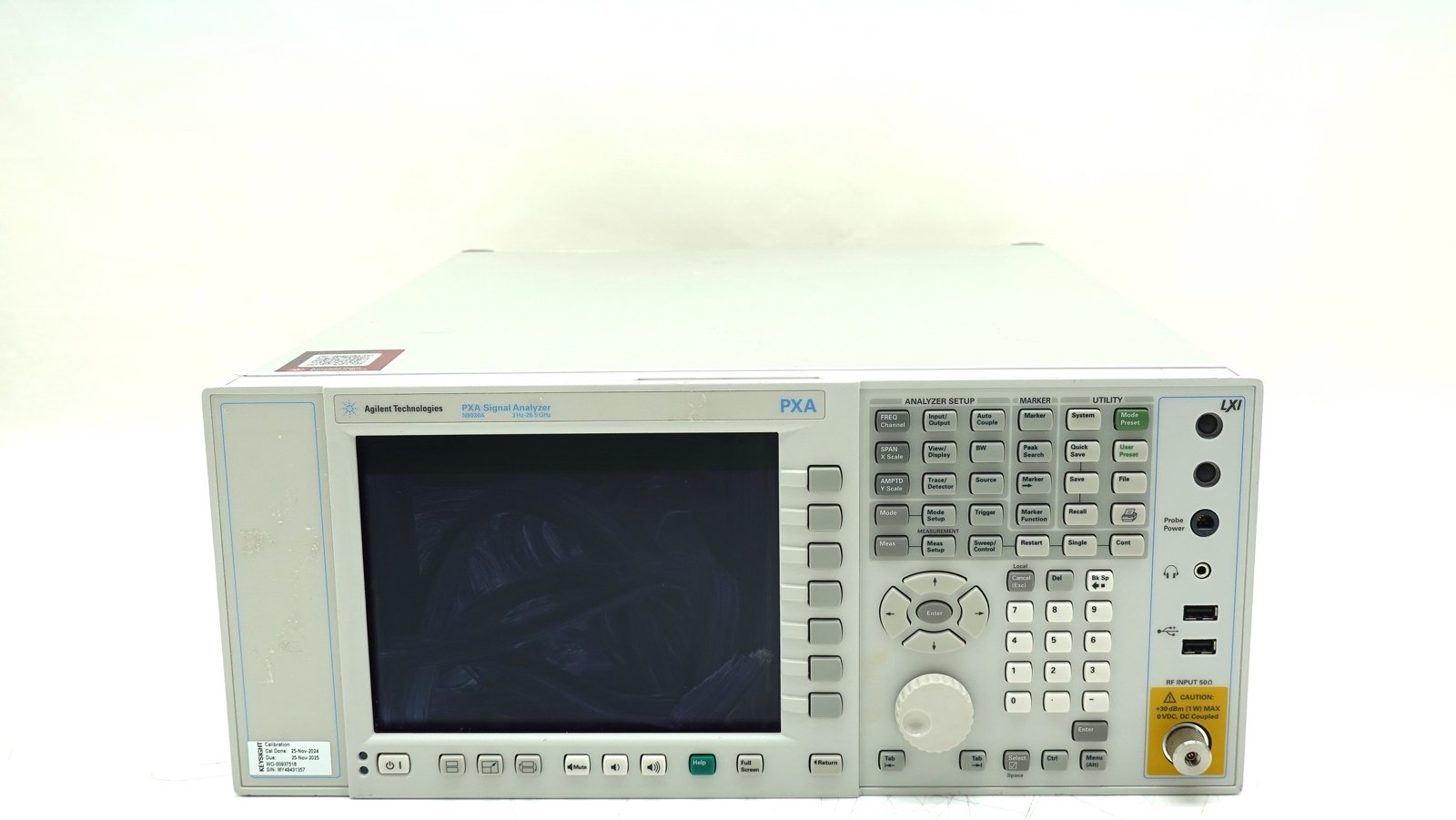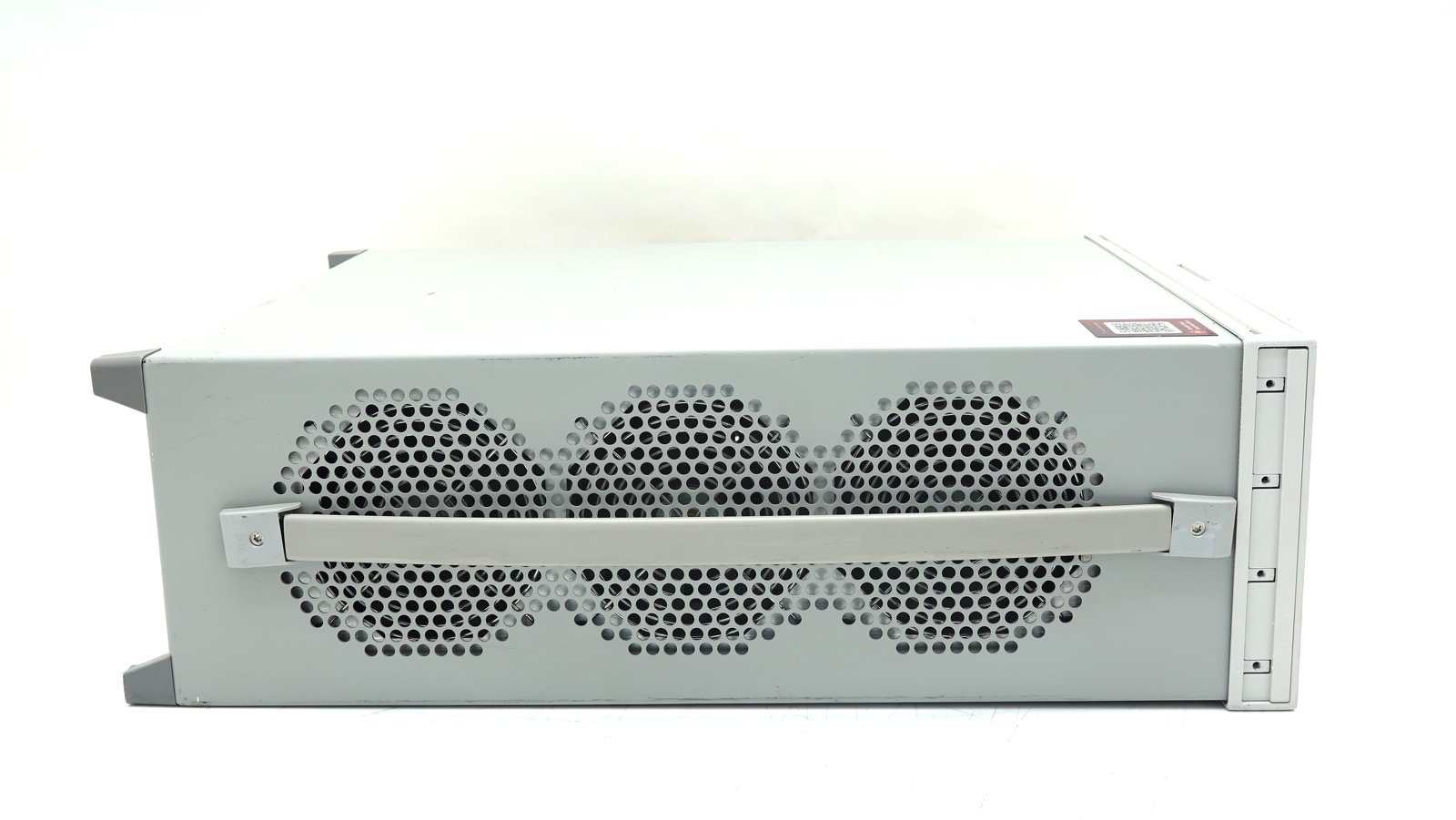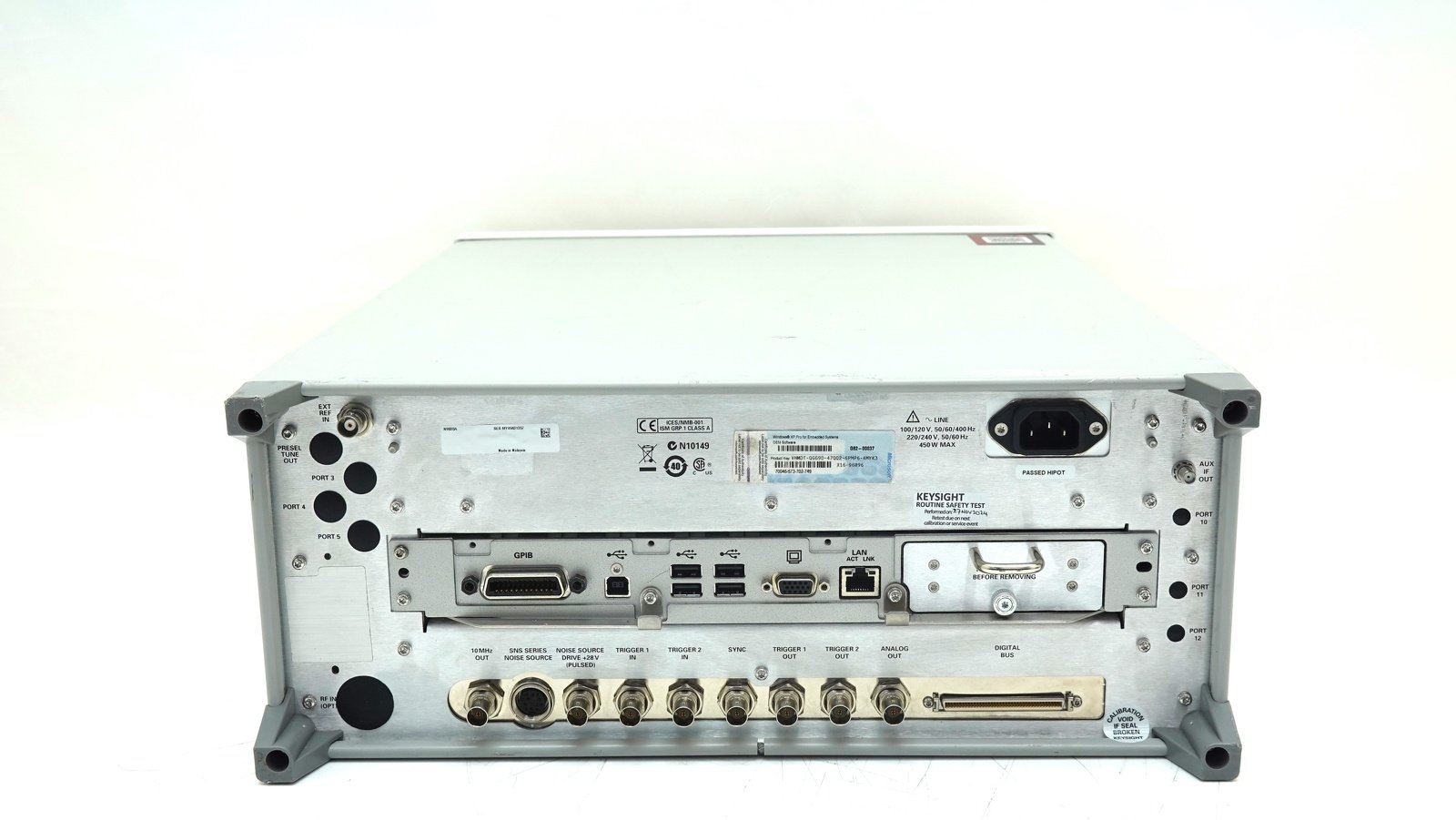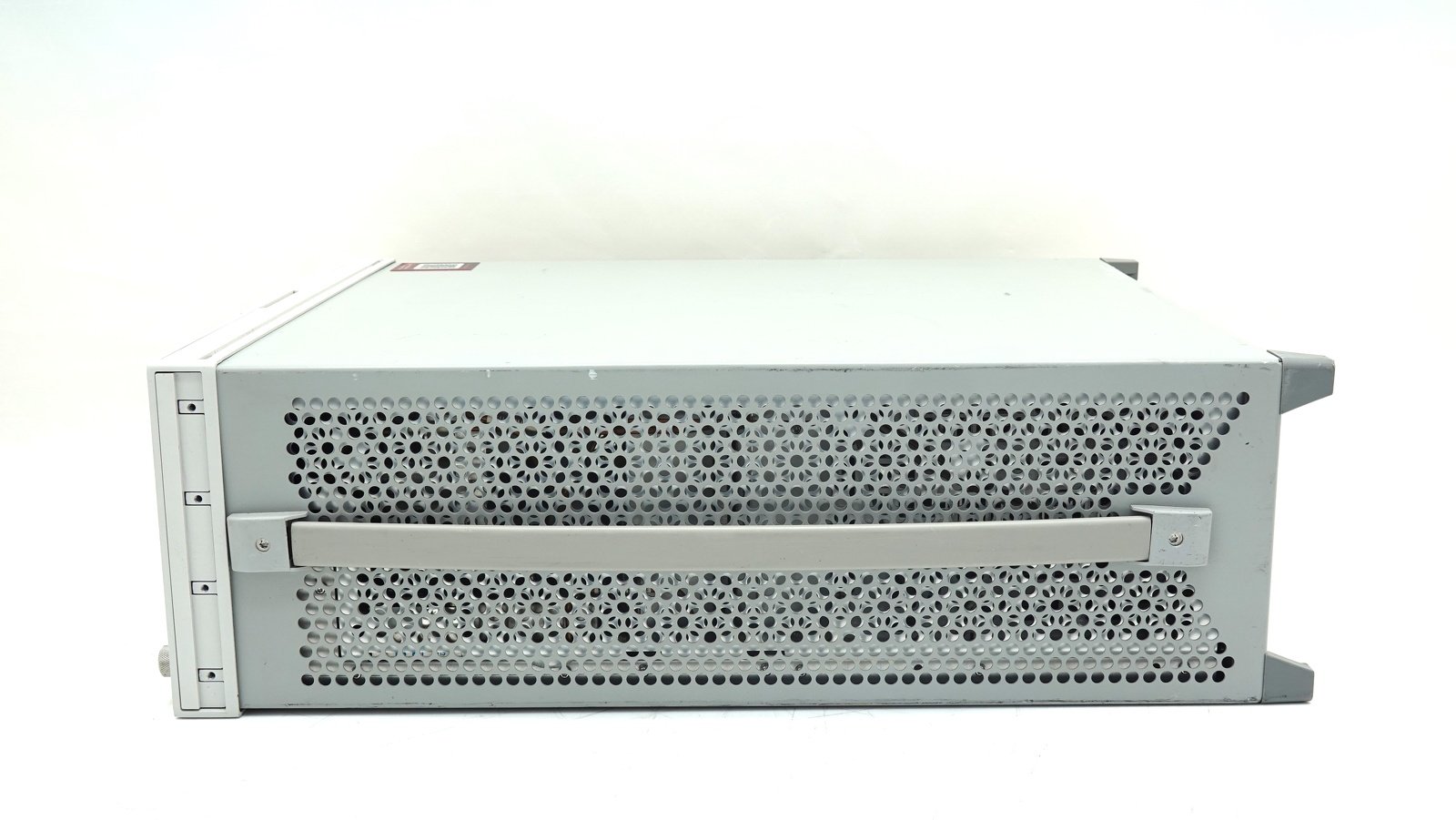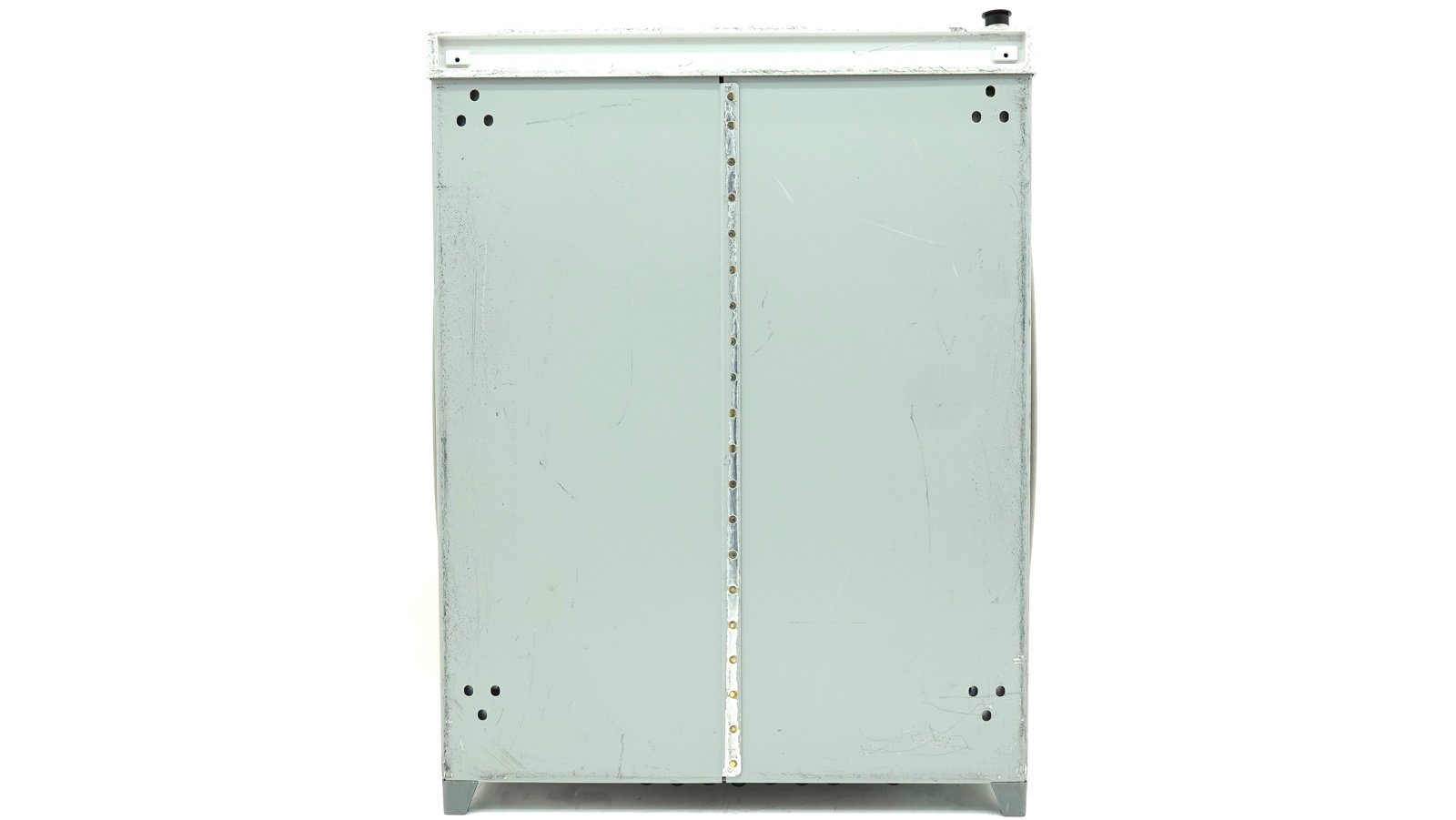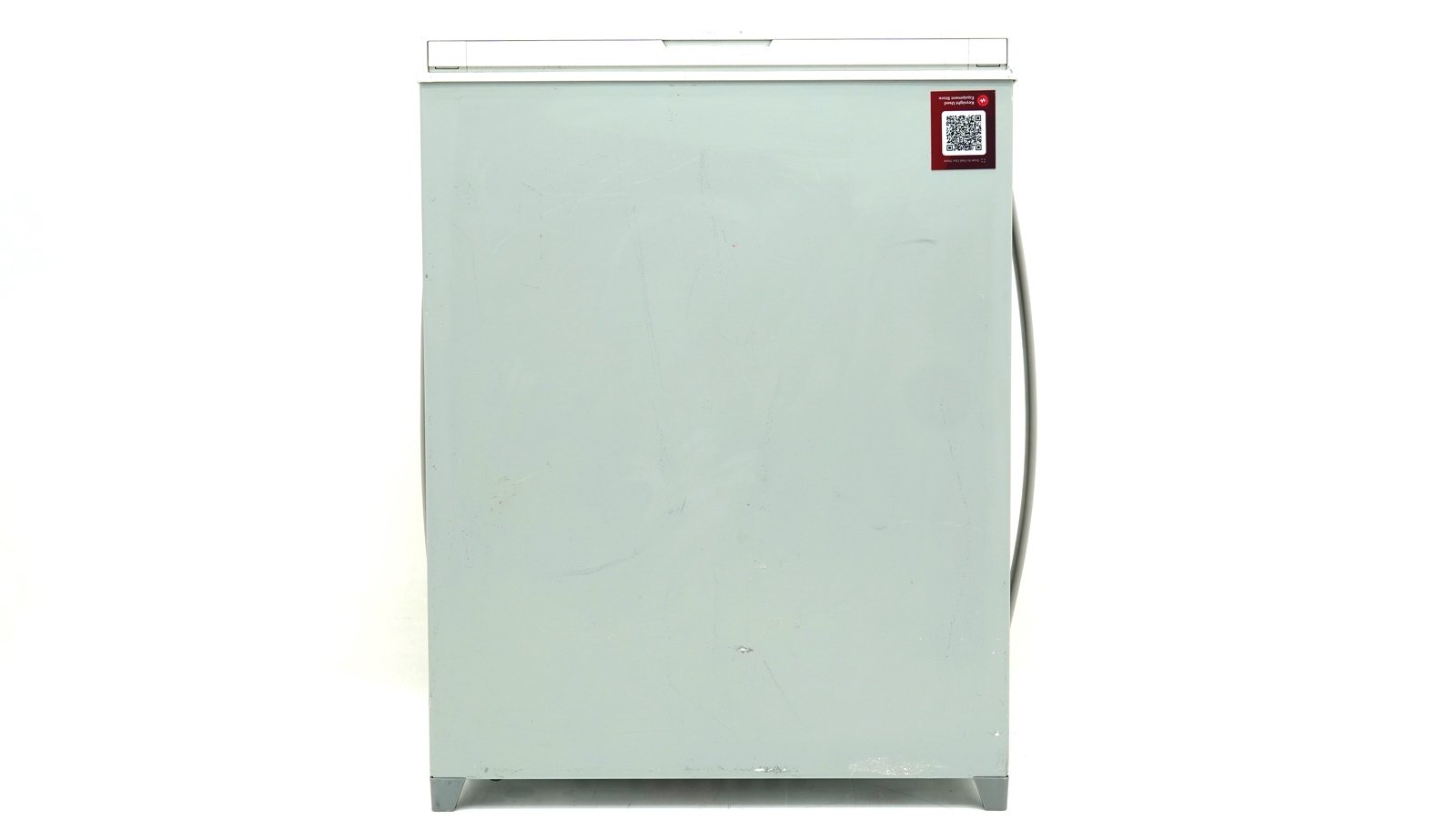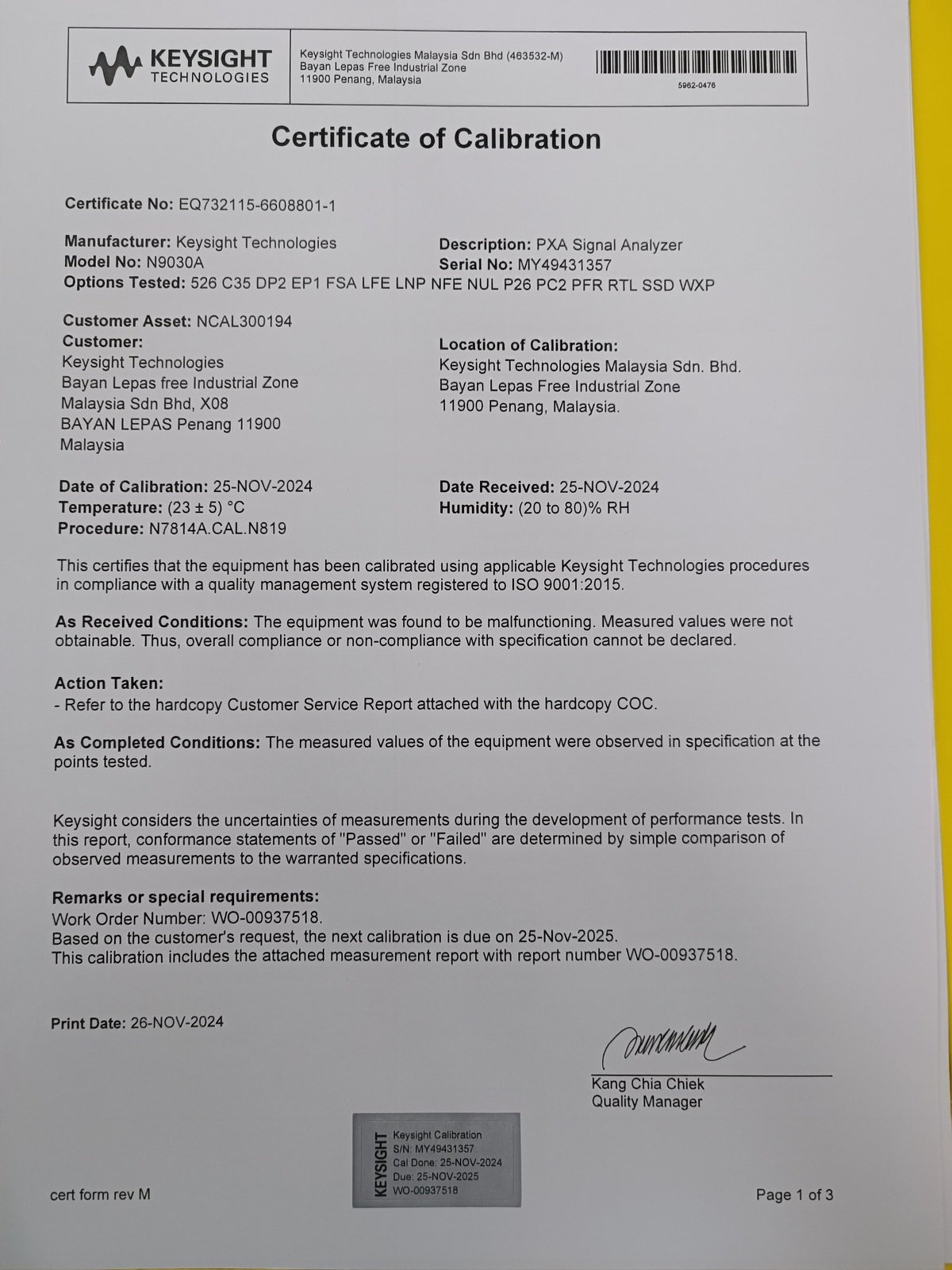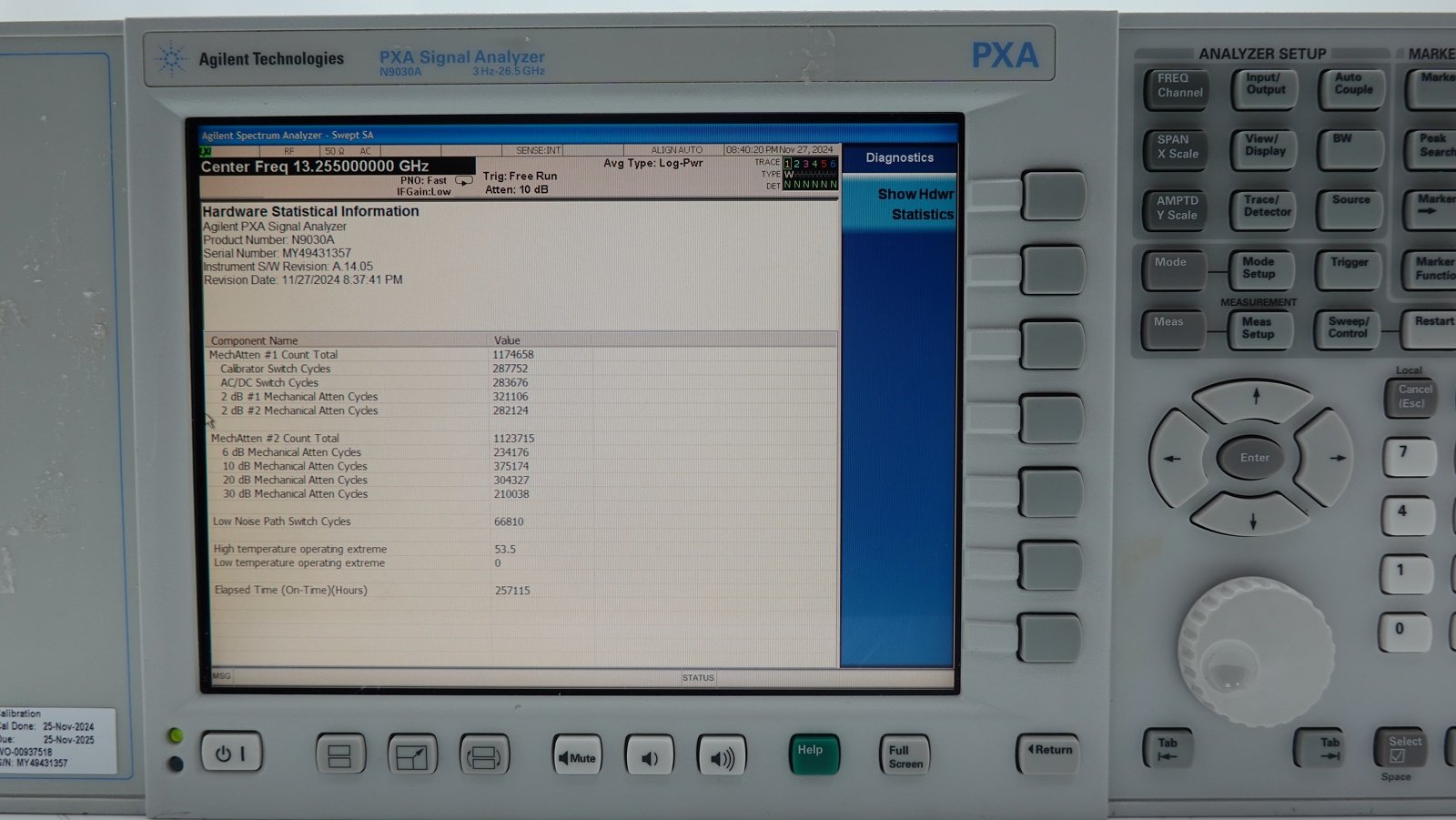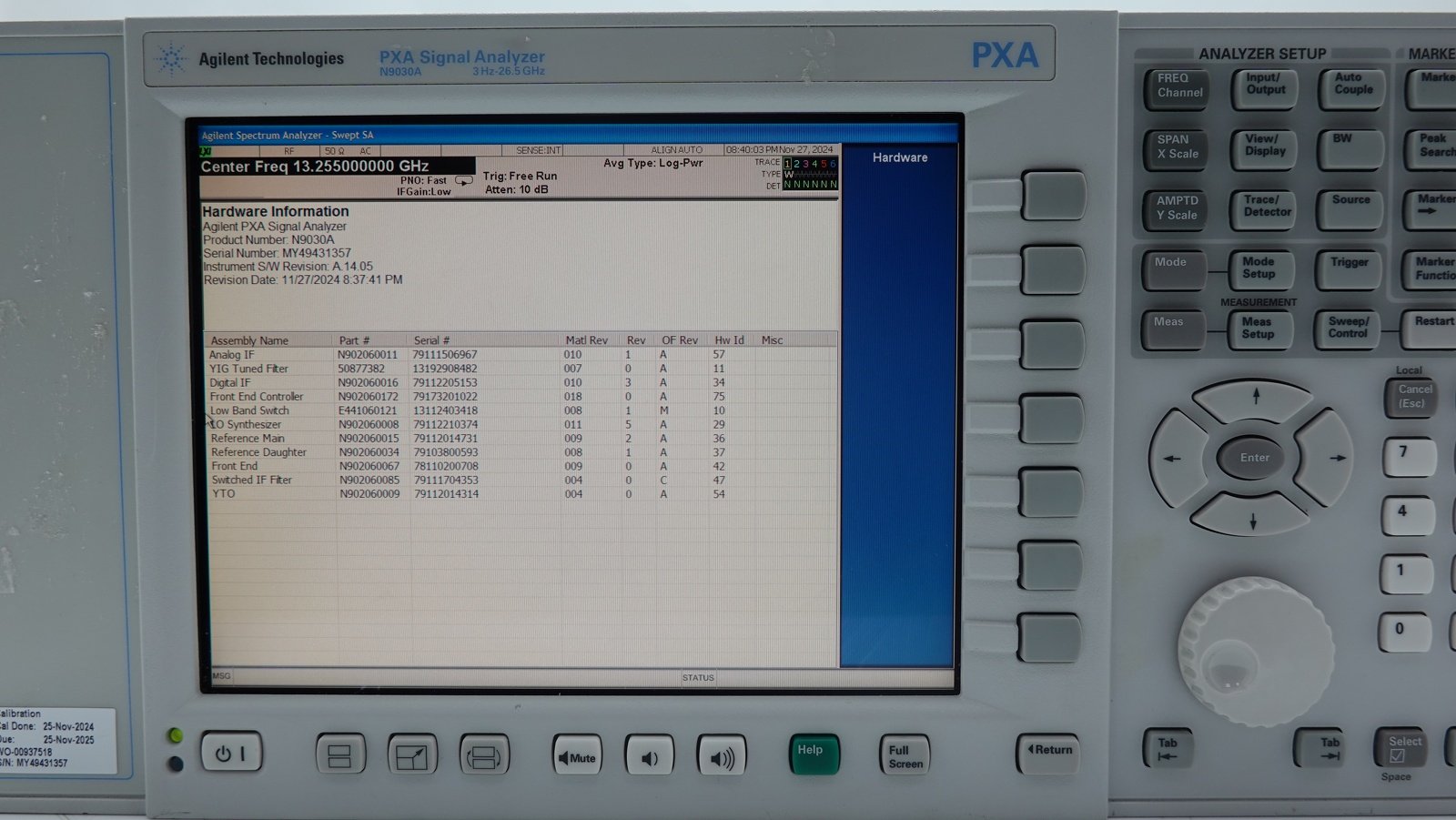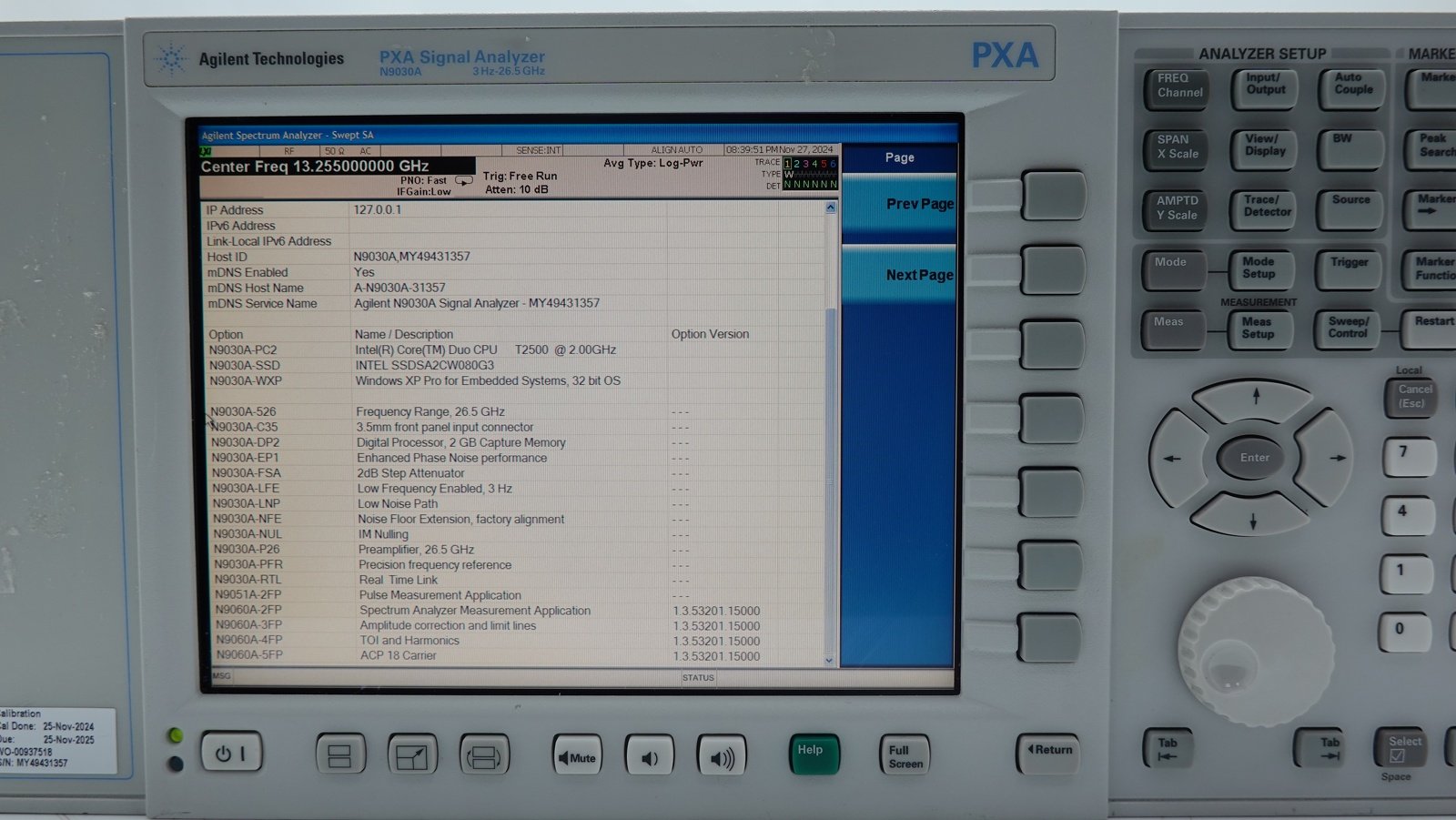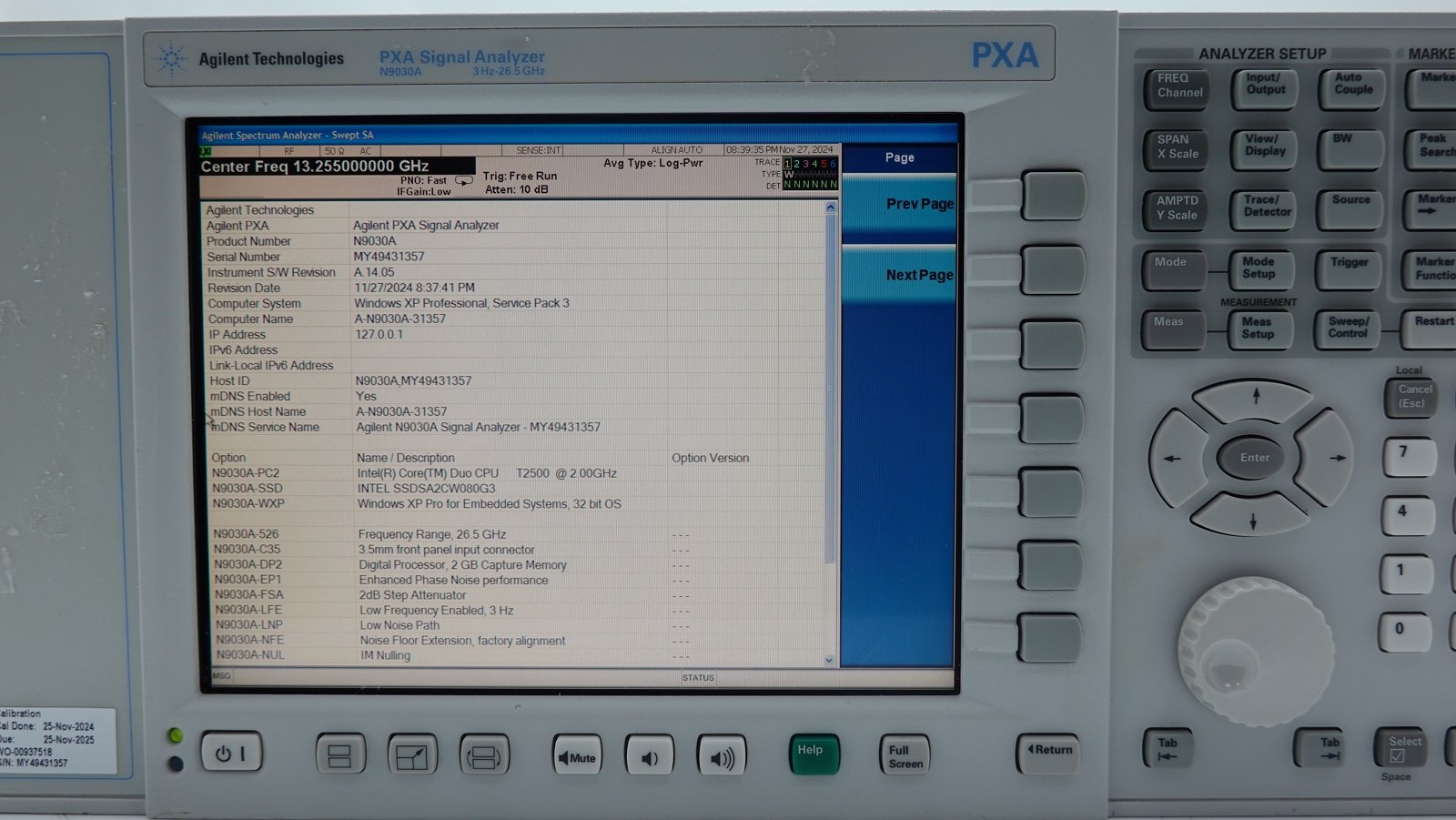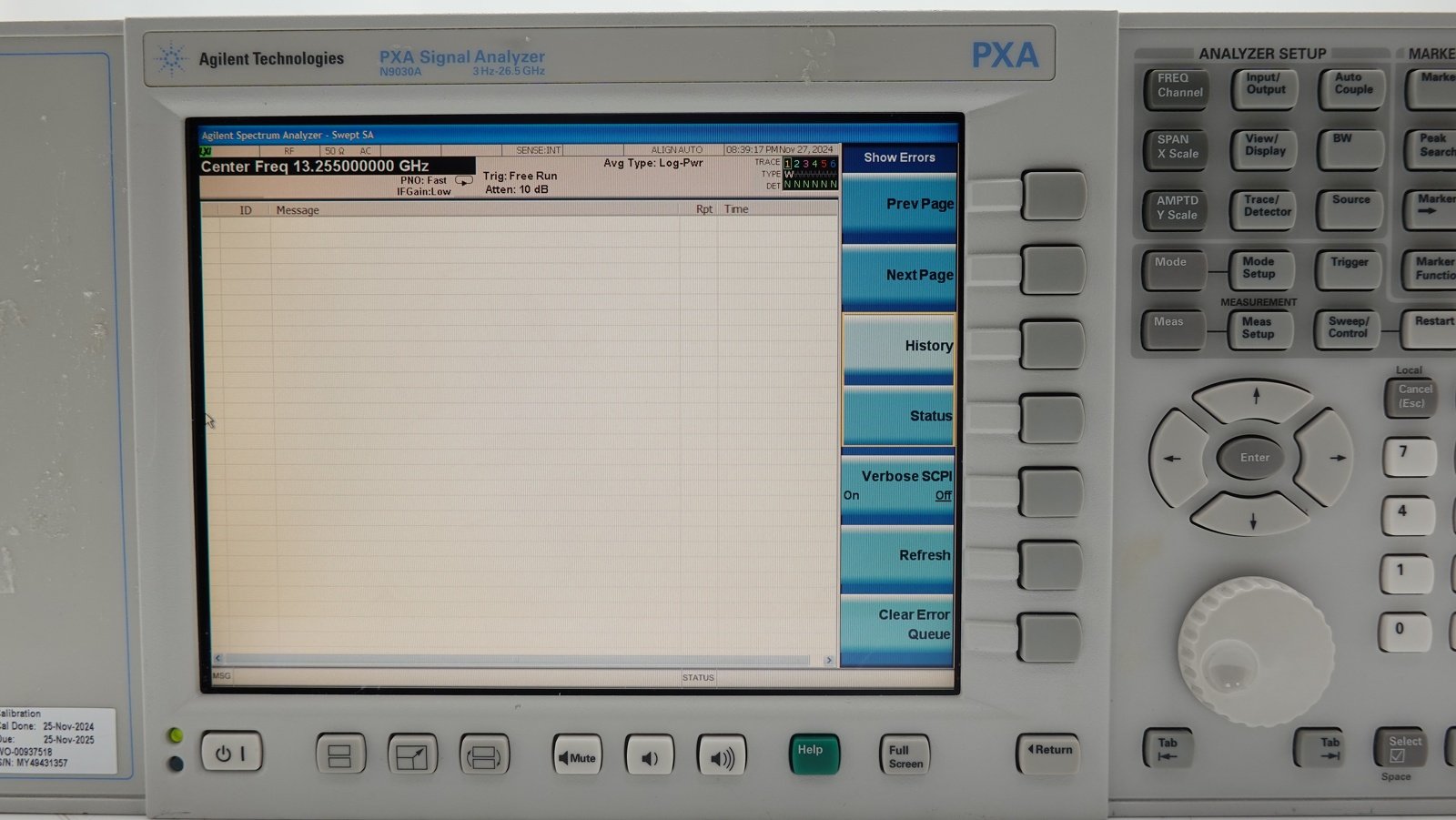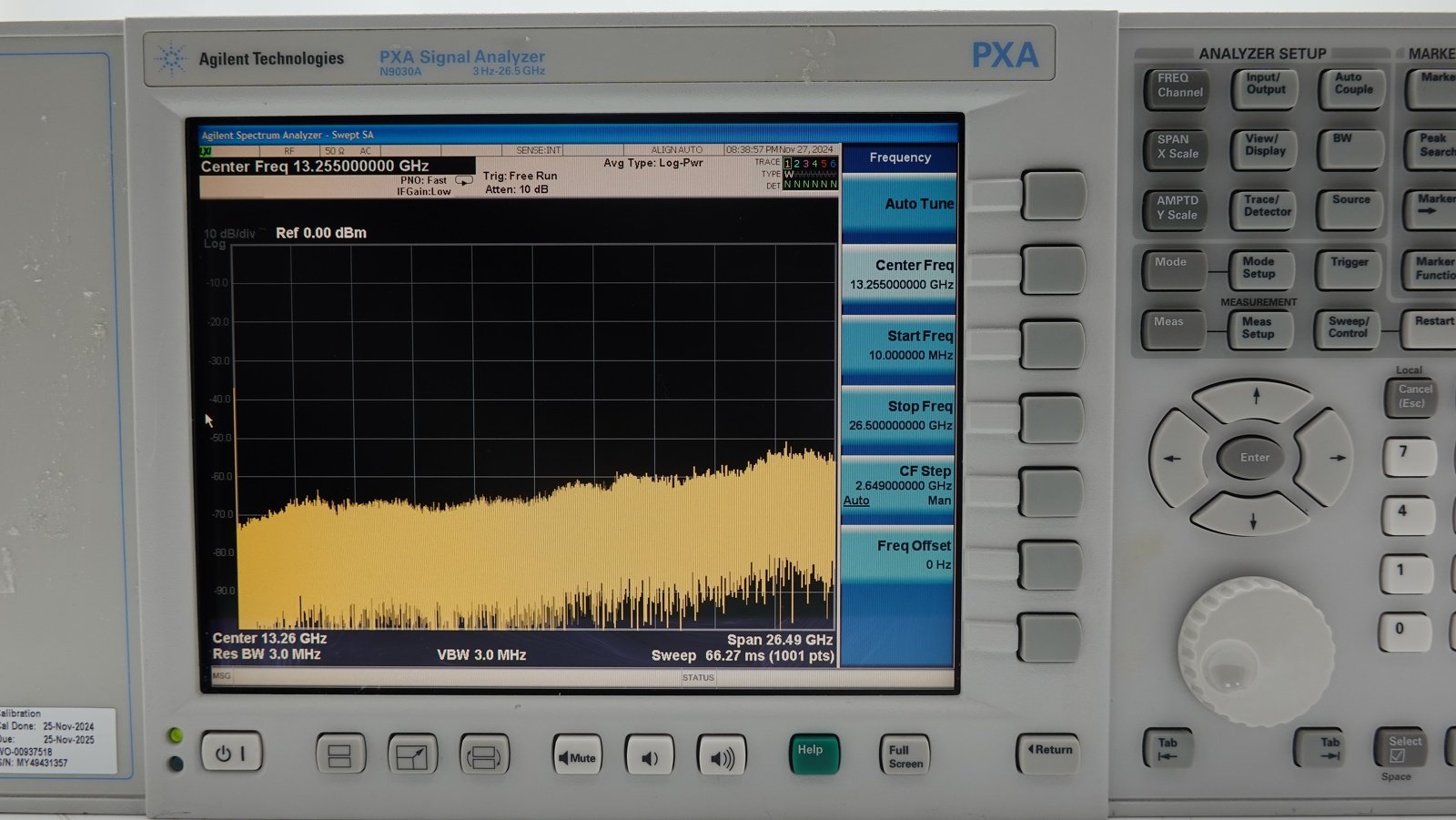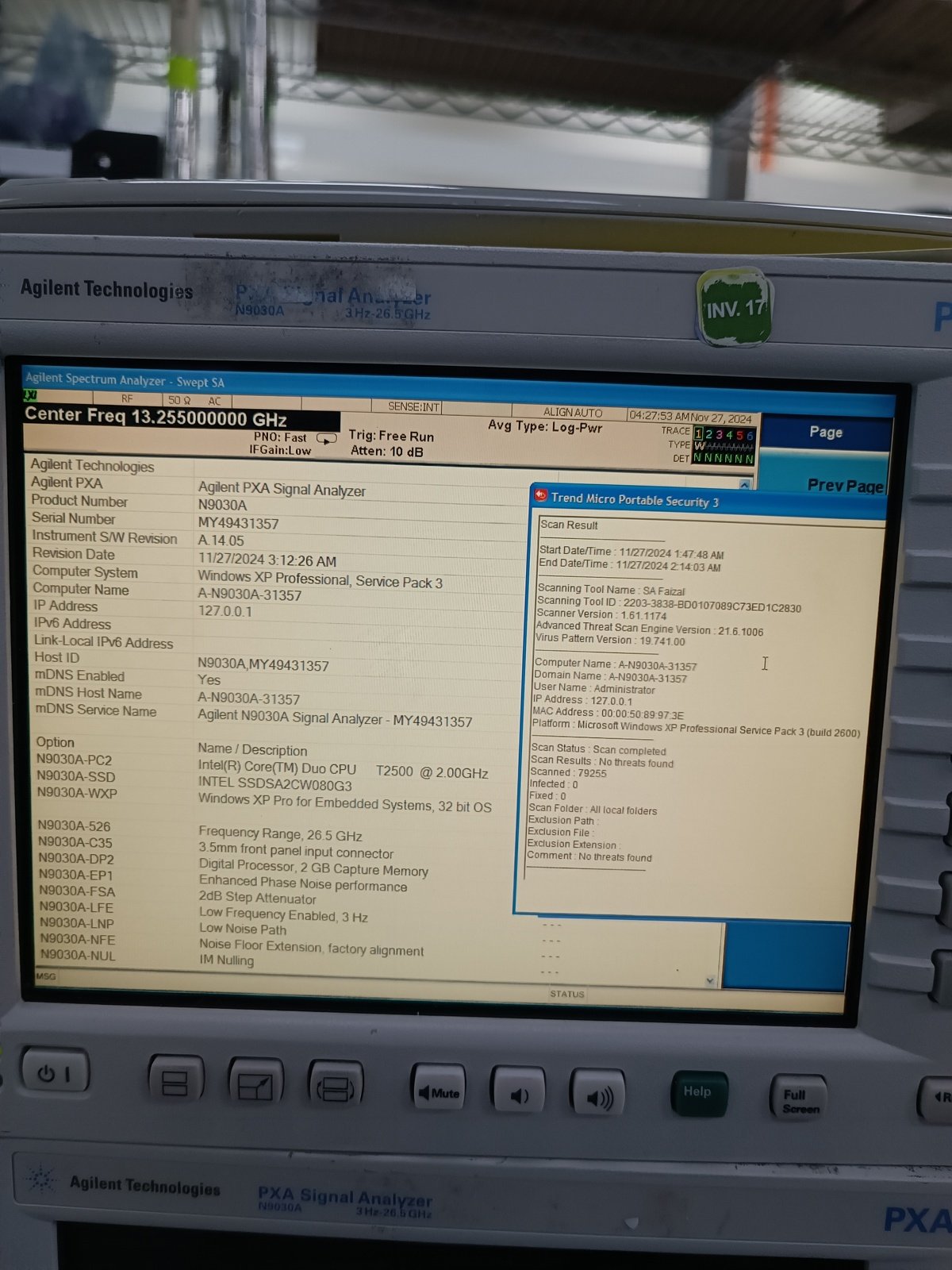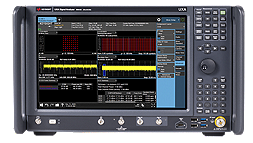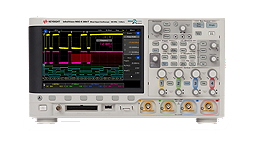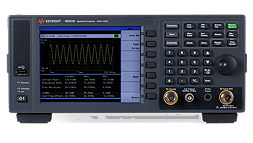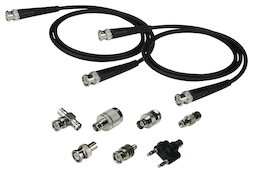Keysight N9030A-526
3 Hz to 26.5 GHz
JPY 4,516,705
List Price JPY 15,055,683
Cannot ship to:
European Union
Switzerland
Norway
Turkey
Unit only ships within China.
Unit ships worldwide.
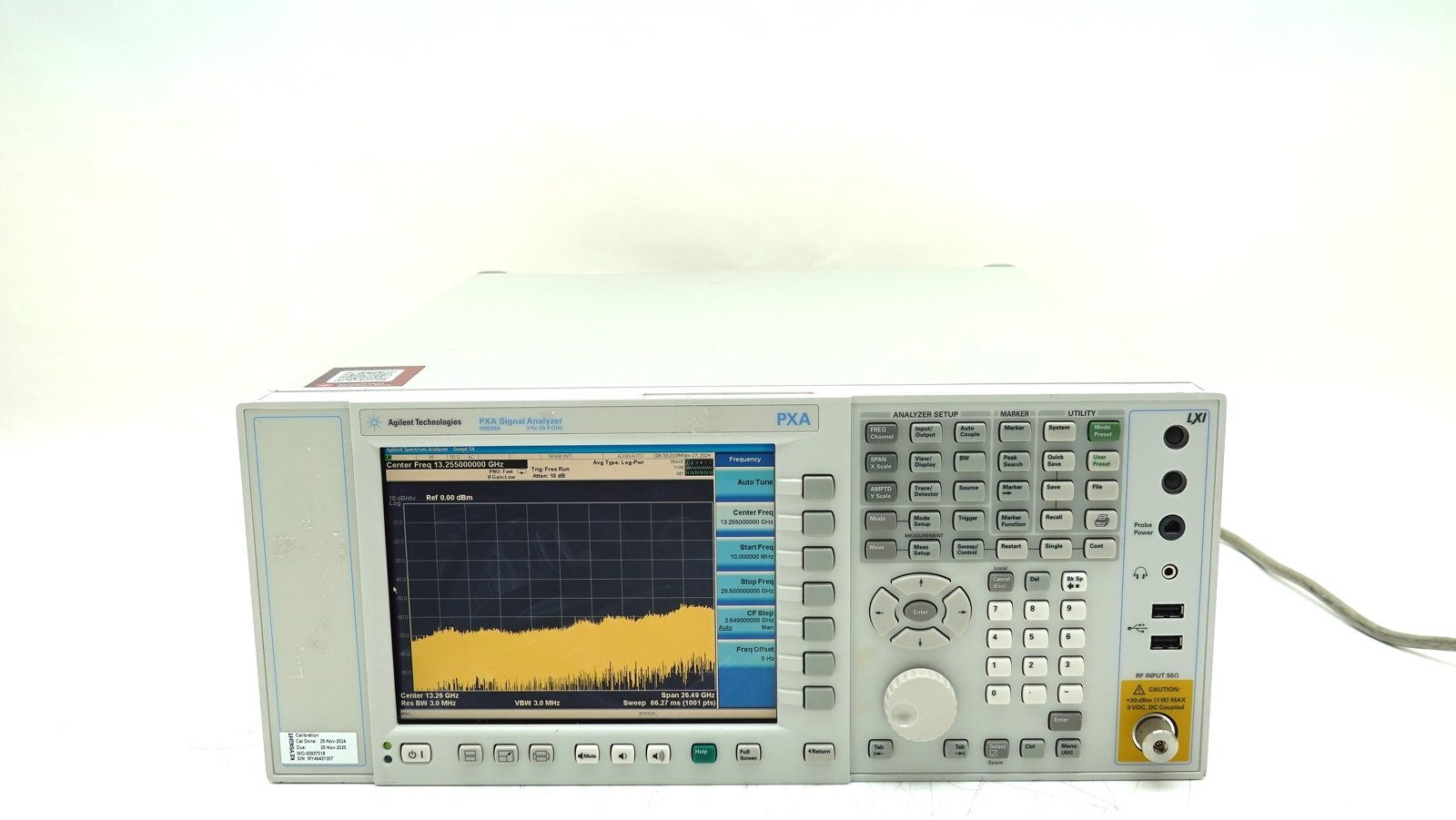
Keysight Used
Keysight N9030A-526 JPY 4,516,705
From
JPY 4,516,705 Save 70%
| 526 | FREQUENCY RANGE, 3 HZ TO 26.5 GHZ | Installed |
| C35 | APC 3.5 MM CONNECTOR | Installed |
| DP2 | DP2 - DIGITAL PROCESSOR, 2 GB CAPTURE MEMORY | Installed |
| EP1 | Installed | |
| FSA | Installed | |
| LFE | Installed | |
| LNP | LOW NOISE PATH | Installed |
| NFE | Installed | |
| NUL | Installed | |
| P26 | Preamplifier, 26.5 GHz | Installed |
| PC2 | Installed | |
| PFR | Installed | |
| RTL | REAL TIME LINK | Installed |
| SSD | ADDITIONAL REMOVABLE SOLID STATE DRIVE, W7X | Installed |
| WXP | OPERATING SYSTEM, WINDOWS XP FOR EMBEDDED SYSTEMS | Installed |
Request a customized version of this model by requesting a Custom Quote
Get peace of mind only Keysight can offer. With KeysightCare Assured and manufacturer calibration.
Please contact us for available service options.
Take on Demanding Aerospace, Defense and Commercial Communications Applications
- Test with 160 MHz analysis bandwidth & industry-leading performance
- Extend frequency up to 110 GHz with Keysight smart mixers; to THz with others
- Capture transient or intermittent signals with real-time spectrum analysis
- Simplify application-specific testing with PathWave X-Series measurement apps: phase noise, noise figure, LTE-Advanced, WLAN, and more
- Perform deeper troubleshooting with the PathWave 89600 VSA software
Accessories only included if shown in the pictures. No power cord included.
Other accessories that are not listed and included in the offer can be purchased separately at an extra cost with your purchase of a Keysight Used or Keysight Premium Used unit. Please specify in the comment field which additional accessories or support you are interested in.
For separate or post-purchase ordering, please contact your local Keysight office or Keysight Partner here. Or check our online store if available for your region here.

